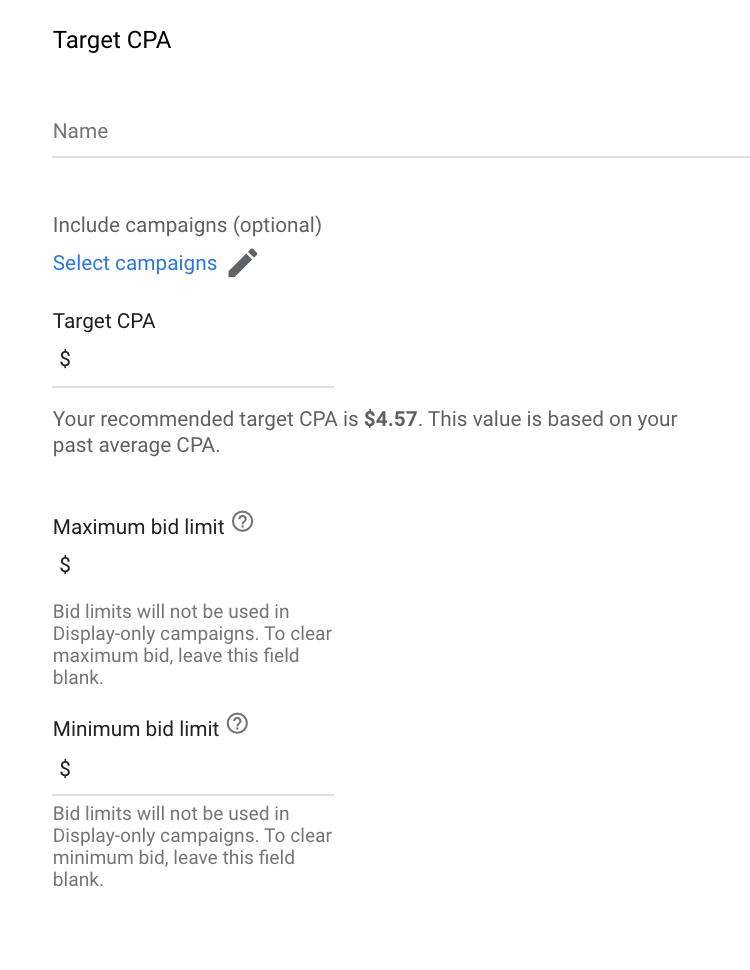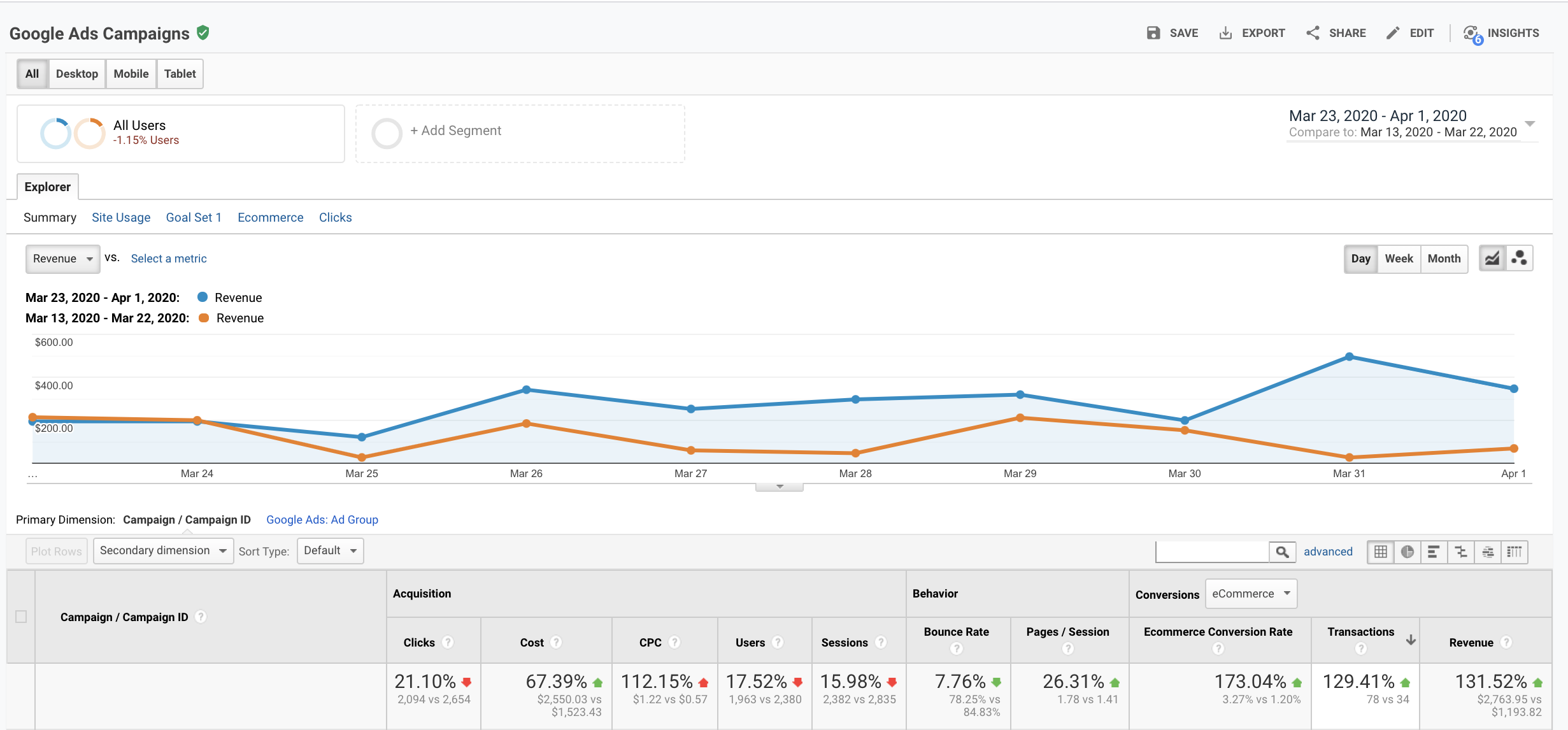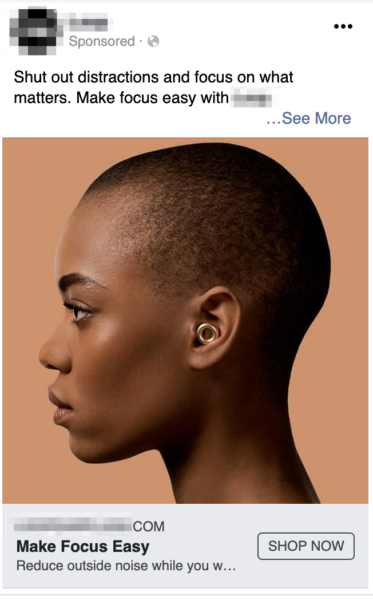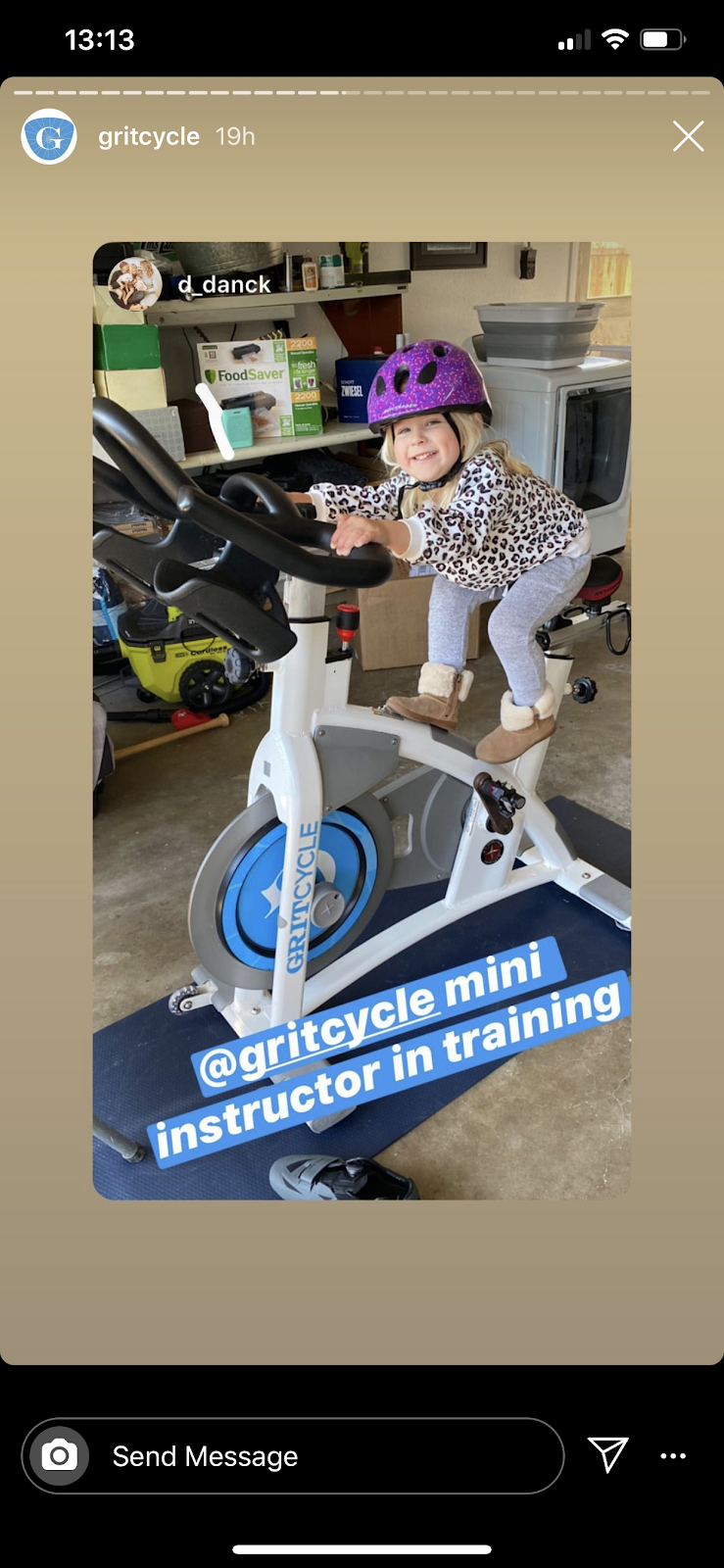New resources from Google and Facebook as well:
https://www.facebook.com/business/boost/grants
https://smallbusiness.withgoogle.com/news/resources-for-smbs-impacted-by-coronavirus/#!/
During what definitely feels like catastrophic times, it’s important we as marketers and advertisers keep a logical sense to what’s happening.
We say we’re data driven, so let’s put it to the test.
With CPMs, CPCs, CPCs, and ROASs changing, what seems to be almost daily, we’ve decided to not give a snapshot of industry changes at the moment.
Averages and benchmarks are also a personal pet peeve of mine and give marketers a false sense of accomplishment.
Side Note: You should ALWAYS try to beat your previous best, even if you’re in the #1 spot for whatever you’re tracking.
And, since we plan on updating this blog post frequently, you’ll constantly see new data and ideas come in.
My favorite one so far is the innovation example in the Facebook section.
Also, our Conversion Rate Optimization team just came out with this recent win:

In addition, we're seeing major swings (good news) from two sets of seven day data comparisons. For Facebook for example across some of the 200+ clients we have:
- $4.19 CPM from Mar 9 - Mar 15
- $2.77 CPM from Mar 16 - Mar 22
It's becoming cheaper to advertise since so many marketers are pulling out of the game.
CPAs are lowering and ROAS is going up. Just look at a quick snapshot of the same data ranges here:


38% increase in ROAS and a CPA reduced by 33%.
In addition, we're seeing a 71% decrease in CPA by changing our messaging to be Coronavirus related vs generic in this client account (still early on and not statistically significant):


Now, I’ve done my fair share of marketing blog research and I wanted to make sure we come with a different angle other than “brace for impact” and “wash your hands”. But I did want to share some key things that are vital:
- Change your marketing messaging to reflect the increased sensitivity. No one cares that you lowered your pricing. For example, I ripped on the fear mongering and the CAPITALIZATION of this email I just got from an HVAC company:

You can still market and you can STILL get your message out - but acknowledge the situation. You do that, you diffuse defenses people have at this time.
There’s another example we’ll share later on how we’ve seen this be effective.
- Be prepared to shift your ad spend quickly. We have seen dramatic changes in strategies that used to work, and that’s what this article is here to help with.
So here are some strategies and tactics brought to you by some smart people working behind the scenes at KlientBoost (Spencer Currie, Reese Garcia, Tyler Bales, and Matt Nelson to name a few) that will actually improve your Google Ads and Facebook Ads performance right now.
Just remember:
“In the middle of difficulty lies opportunity”
- Albert Einstein
Let’s start with some Google Ads Coronavirus marketing ideas:
- Keyword Tapering
- The Bottom Feeding Approach
- Create tCPA Bid Strategy With Max CPC Bid Limit
- Run nGram Script
- Ad Messaging
- Facebook Power 5 Migration
- Instagram Polling Ads
- Refreshed Ad Creative
- Pausing High CPA Ads, Campaigns, Audiences, & Ad Sets
- Ad Messaging (Again)
- Innovate - Stay With Me
- How Are You Doing - On a Human Level?
Get brand new marketing strategies straight to your inbox. 23,739 people already are!
Keyword Tapering
Idea: Separation of campaigns by exact match and broad modified match.
Benefit: Funnels lower converting close variant traffic into a separate campaign and keeps high quality exact match keywords as exact match only.
We're calling it "Keyword Tapering" and it's an evolution of our Single Keyword Ad Group (SKAGs) approach.
How Keyword Tapering Works:
1) You have an exact match only SKAG campaign with a script that alerts you of "close variant" mismatches. Think of bidding on the keyword [dog house] where Google allows your ad to be triggered for [house dog]. Both those searches have different intent.
The script can either automatically add the negative at the ad group level or email you to manually review before adding it as a negative. Here's a link to the script:
2) You have NO phrase match type keywords at all (Google’s new Close Variant exact match is nearly the traditional form of phrase match anyways).
3) You then have another campaign with broad modified SKAGs that are hunting for new exact match search terms (that are converting) that you can take and put into your exact match SKAG campaign.
4) You'll then use a negative keyword list that makes sure the exact match keywords are negatives at the campaign level to the modified broad campaign.
5) Lastly, you have 100% complete control over the exact match SKAGs and your focus now is to max out impression shares of them if you're happy with their performance (CPA or ROAS are good in your mind for example).
Headline 1s are still matching the exact match keyword that's a regular best practice from SKAGs (highly recommend you read that article for foundational purposes).
It's called "Keyword Tapering" because we're thinning out the search volume/impressions from the broad modified campaign over time, making it narrower and narrower.
Similar to the alpha/beta structure, but with a few twists.
The Bottom Feeding Approach
Idea: Run high intent, long tail keywords at full broad match layered with highest converting audiences
Benefit: Mines for longer tail, cheaper traffic while upholding search relevancy targeting only best performing audience traffic
We actually created a fun video for the Bottom Feeding Approach:
The Idea Behind The Bottom Feeding Approach (2 Fold):
The idea behind the Bottom Feeding Approach is actually 2 fold:
1) You can execute it just like the video recommends
2) You can get even more restrictive with your ad spend and add the high converting audiences as “Targeting” mode to your regular campaigns so you have more confidence that a click will convert
If it works well for you, you can decide to run shorter tail keywords as well.
You can listen to the audio version and see the blog post transcript of The Bottom Feeding Approach in more detail too.
Create tCPA Bid Strategy With Max CPC Bid Limit
Idea: You may already be using some sort of automated bidding or smart bidding, but during this time when you can’t afford to pay as much, lower your CPCs by creating a tCPA bid strategy with max bid limit.
Benefit: Allows for Google’s bid automation, but puts a cap on how much they can jump your CPCs to do so. Critical in competitive markets who can have VERY expensive CPCs.
Search for “Portfolio bid strategies” in your search option within your Google Ads account and you’ll see this:

Run nGram Script
Idea: Identify search term combinations that are not going to convert in the future because they haven’t converted in the past.
Benefit: Limits traffic that can come through that you know does not convert for your goal CPA/ROAS.
The “n” stands for number of words per search term, and you can quickly dive deeper into understanding how specific words perform when looked at.
When running this report, place respective filters for new CPA needed during the budget set back so you can negative out traffic that is above that new CPA goal.
Important: Place all of these new negative keywords into a negative keyword list so that when everything goes back to normal and you can uphold a higher CPA and spend more, you can remove those negative keywords easily.
For more information and access to the script, please go here.
Ad Messaging
This goes without saying, but simply updating your ad copy/messaging to touch on the time period can have major impacts (like we shared in the intro of this post).
We’ve written and shared tons of content around how seasonality mentions and geographic locations can greatly impact performance in a positive way.
We're now also seeing that discounts in ads perform even better than before. As of April 2, 2020, comparing last 10 days to the 10 days prior to that, we're seeing some eCommerce clients with these results:
- Revenue is up 132%
- Transactions up 129%
- ROAS up 38%

More so on Facebook, we're seeing a lot of this growth from people 25-34.
Conversion rates among that age group is up 46% and revenue up 64%. In February, that age group only made up 19% of revenue, but in the last 10 days they account for 30%.
For now, let’s swap our focus over to some Coronavirus marketing ideas for Facebook Ads:
Facebook Power 5 Migration
Idea: An account structure and settings that helps you get the most out of your Facebook Ads
Benefit: It reduces inefficiencies in spend and funnels your best performing ads into the best performing audiences in real-time, giving you the most bang for your buck.
We wrote about it in more detail through this Facebook Power 5 blog post.
Instagram Polling Ads
Idea: Fairly new ad type with FB ads that is specific for the placement Instagram Stories only. You are allowed to ask a question with poll responses to build engagement and drive action.
Benefit: The high engagement results in super-low CPMs and CPCs, driving more traffic to your landing page from high intent users.
See more info about the Instagram Polling Ads here, and see our official Instagram case study too.
Refreshed Ad Creative
Idea: Pausing out fatigued ads and replacing them with brand new ads (new imagery & ad copy) and testing ad copy relevant to the times if it makes sense.
Benefit: With removing fatigued ads we will instantly see an improvement in CPMs (how you are charged on FB) so you will get more impressions and clicks for each dollar spent.
Not much to add on this one ?.
Pausing High CPA Ads, Campaigns, Audiences, & Ad Sets
Idea: This is what we call “kill targets”. Essentially setting performance caps on what works and what doesn’t.
Benefit: If campaigns, audiences, ads aren’t performing, we “kill” them and pause them out. If they aren’t hitting minimum performance thresholds we don’t want to waste any time and pivot as fast as possible to something new.
Since performance in so many ad accounts can be in flux, it’s vital you manually review these things at this time to pause anything Facebook automatically isn’t catching, even if you’re on the Power 5 set up.
Ad Messaging (Again)
Same as the Google Ads example, but this one with some Facebook Ads data ?
This past Friday (March 20, 2020), we re-launched our prospecting campaign for this specific client so we could have a fresh start with the new messaging. We also updated our landing page copy to fit our new value prop.

Purchases and revenue doubled compared to previous ad messaging.
Simply mentioning "at home" is enough to see results improve as well. This ad performs much better than other ads not mentioning today's environment:

Innovate - Stay With Me
Idea: Acknowledge the environment of the virus and how in-person businesses are severely impacted. Move what you can to be virtual.
Benefit: You can continue to deliver value to your customers and clients by staying connected with them.
I know “innovate” is a word that makes you think - “why of course I will innovate!” - but the execution is different, yet simple, during this time.=
My good friend Mike Arce, the CEO of Loud Rumor, a fitness marketing agency out of Arizona got severely rocked when places of fitness had to shut down.
With that in mind, he decided to take his clients and migrate them to a virtual world so they could continue to drive value and workouts to their members.
It resulted in brand new studio members at, hold the phone, $0.76 cost per lead for his clients.

People still need and want to workout, even if it’s from home.
I reached out to Mike and he gave the breakdown in this 8 minute audio clip you should listen to:
GritCycle, our most favorite spin studio by our office is renting out their bikes so members can still destroy their quads AND they can continue to charge their members (as they should).

How Are You Doing - On a Human Level?
Our leads are definitely down, so we have more time to spend helping as many people as we can.
That’s why we wrote this post.
If you have a hard time implementing some of these changes, we may be able to help you for free until you’re back up and running like normal.
Let us know in the comments if you need any clarification.
We’re gonna get through this.
